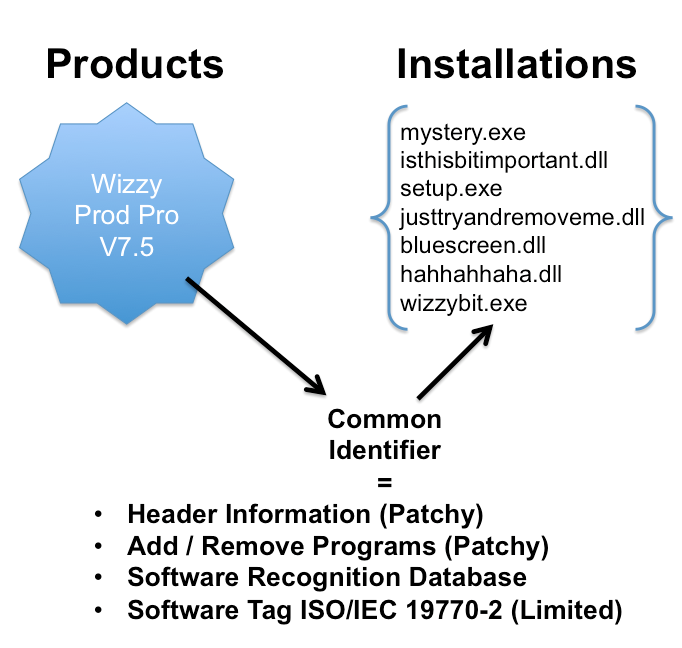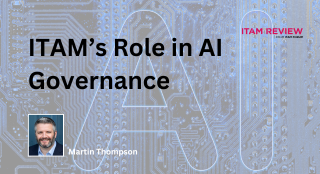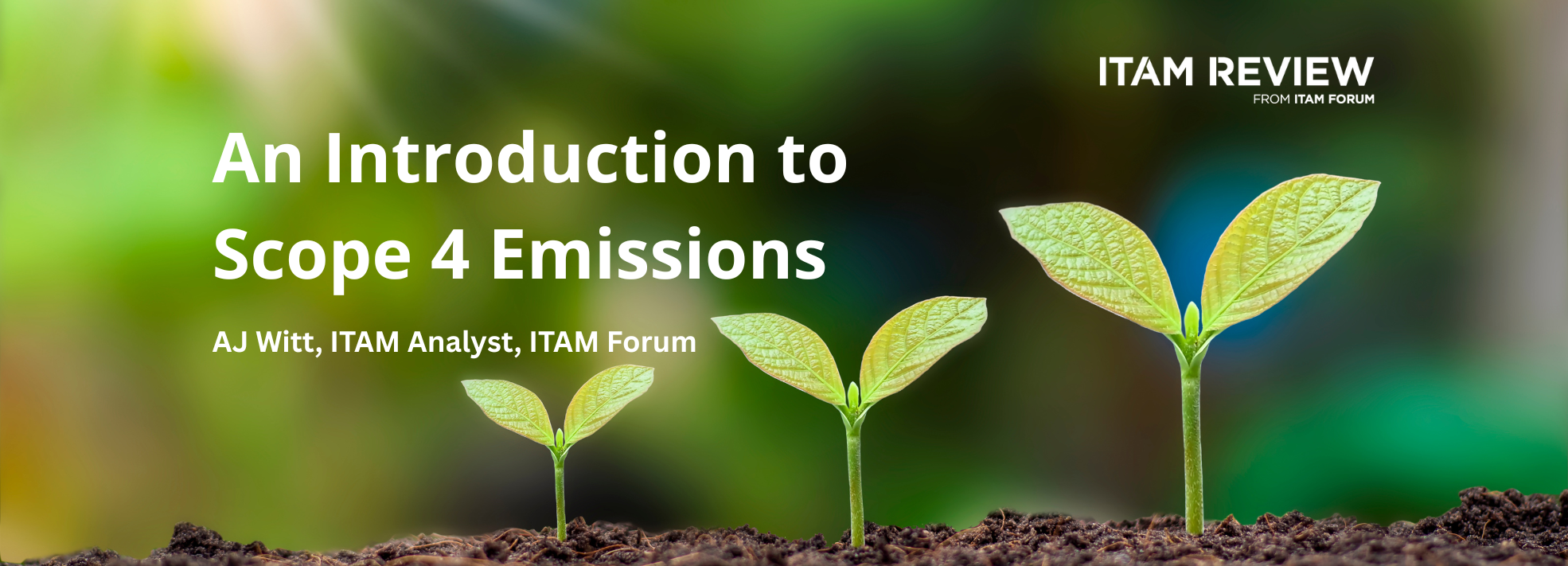Software Recognition – What’s The Big Deal?

It is common to underestimate the importance of good software recognition
When I first started out in this industry the FAST certification (a UK based industry body) was quite popular.
Organizations were keen to put the FAST plaque on the wall in reception to prove they were serious about software compliance.
I believe the popularity dwindled when companies recognized that the plaque was not ‘a shield of steel’ against vendor audits and some serious resources were required to sort out their licensing issues.
I remember speaking with one gentleman around 2001 that said he was about to embark on the FAST certification. He anticipated a few quiet hours during the Christmas holidays and was going to ‘Do that FAST thing’ over the Christmas break.
I remember smiling to myself whilst speaking to him on the phone and wishing him a good Christmas and good luck with the project. I promised to follow up in January to see how he had progressed.
When I phoned back in the New Year he had realized the enormity of the project once he started to delve into it and peel back the layers of the onion. Several years later a different company, NCH Europe, were quoted as being the company to complete FAST Certification in the fastest time; 9 months.
I believe this is a common misconception among newcomers to the industry; after all – how difficult can it be? All you have to do is match up installed software to licenses and stick it in a spreadsheet – right?
Why Do We Need Software Recognition Anyway?
When faced with a SAM or audit project it is a common to underestimate the process of collecting good information about what is installed. It’s not unusual for someone to state “We can do that in SCCM” or “we’ve got that data”. In fact most system admins can write or borrow some scripts to collect add / remove program data or details or executable files. The challenge is that the raw list of executable files is a country mile away from what is needed to perform a sensible reconciliation.
Common Challenges
- File Header Information – The titles and descriptions used to describe the software application when the manufacturer compiled it rarely follow any industry conventions
- Add / Remove Program Data – Add / Remove program data is notoriously inaccurate and incomplete
- Normalization – Data needs to be normalized to weed out duplicates such as Microsoft Limited, Microsoft Corp and Microsoft Inc.
- Suite Recognition – it’s sometimes not obvious that a software installation found is part of a suite
- Breadcrumbs – Some application have bundles or OEM arrangements which may leave traces of installations – which at first glance might look like a full installation e.g. a bundled version of SQL
- Type – What version is it? Is it an upgrade, Professional? Standard? English? French?
Enter The Software Recognition Database
Modern SAM tools make use of software recognition databases and algorithms to scan raw files and provide business intelligence on what is installed. The aim is to find a description of software that is closer to what might be stated on the invoice when you bought it in order to perform reconciliation.
Two important points here are a) The ability to make your own modifications e.g. Perhaps you have some in-house written software and b) the ability to update this database over time as new applications are developed. SAM tool vendors usually provide periodic updates or trickle down updates via the Internet.
Road Testing Software Recognition
What is best way to trial how good the software recognition is within a tool? Perform a real reconciliation. Take one product from one vendor and try to perform a trustworthy reconciliation to demonstrate compliance. Software recognition saves a huge amount of time and frustration in manually crunching raw data and interpreting raw executable files or header information. The only way to demonstrate this correctly is in a live reconciliation.
Inventory has become very commoditized and in some instances free but the strength and intelligence of software recognition really sorts the wheat from the chaff.
Can’t find what you’re looking for?
More from ITAM News & Analysis
-
Broadcom vs Siemens AG - A Brewing Storm
The ongoing legal battle between VMware (under Broadcom ownership) and Siemens is yet another example of why ITAM goes far beyond license compliance and SAM. What might, at first glance, appear to be a licensing dispute, ... -
Shifting Left Together: Embedding ITAM into FinOps Culture
During one of the keynotes at the FinOps X conference in San Diego, JR Storment, Executive Director of the FinOps Foundation, interviewed a senior executive from Salesforce. They discussed the idea of combining the roles of ... -
Addressing the SaaS Data Gap in FinOps FOCUS 2.1
I recently reported on the FinOps Foundation’s inclusion of SaaS and Datacenter in its expanded Cloud+ scope. At that time, I highlighted concerns about getting the myriad SaaS companies to supply FOCUS-compliant billing data. A couple ...
Podcast
ITAM training
Similar Posts
-
The M&S Cyberattack: How IT Asset Management Can Make or Break Your Recovery
Marks & Spencer (M&S), the iconic UK retailer, recently became the latest high-profile victim of a devastating cyberattack. Fellow retailers The Co-Op and Harrods were also attacked. Recent reports suggest the rapid action at the Co-Op ... -
AI in ITAM: Insightful Signals from the Front Line
During our Wisdom Unplugged USA event in New York in March 2025, we engaged ITAM professionals with three targeted polling questions to uncover their current thinking on Artificial Intelligence—what concerns them, where they see opportunity, and ... -
How ISO/IEC 19770-1 Can Help Meet FFIEC Requirements
In the world of ITAM, the regulatory spotlight continues to intensify, especially for financial institutions facing increasing scrutiny from regulatory bodies due to the growing importance of IT in operational resilience, service delivery, and risk management. ... -
An Introduction to Scope 4 Emissions
Executive Summary For ITAM teams, sustainability is a core responsibility and opportunity. Managing hardware, software, and cloud resources now comes with the ability to track, reduce, and report carbon emissions. Understanding emission scopes—from direct operational emissions ...




